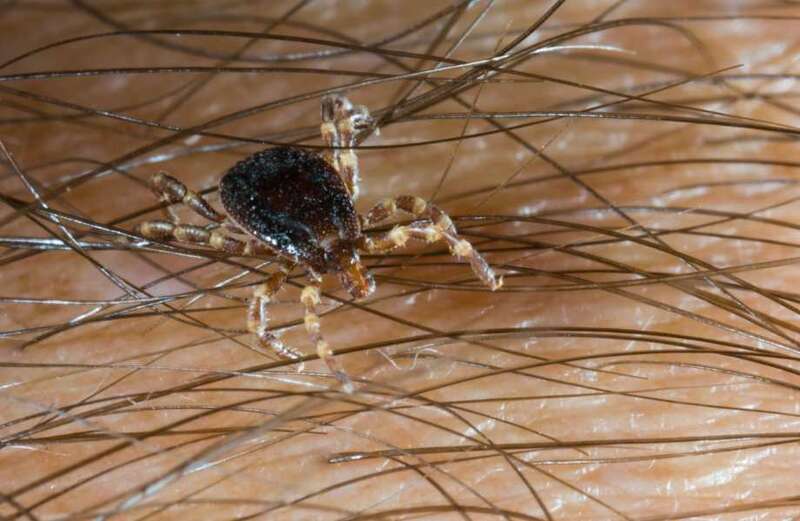BRITS have been warned of a plague of "Monster Ticks" invading holiday hotspots this summer.
The blood-sucking parasites are four times larger than normal ticks and can carry deadly diseases.



And now the monstrous bugs are feared to be making their way across Europe.
The large and aggressive ticks, known as Hyalomma lusitanicum, is originally found in tropical climates including Africa and southeast Asia.
In Europe, however, the species have kept a low profile for decades.
 Man fined £165 after outraging the internet by dying puppy to look like Pikachu
Man fined £165 after outraging the internet by dying puppy to look like Pikachu
But in recent years, scientists say the dangerous mites have returned in force, carried by wild animals including rabbits.
According to studies, Hyalomma is particularly present across Spain, the Balearic Islands and southern Italy.
A 2022 investigation found that the ticks, which can transmit the deadly Crimean-Congo fever (CCHFV), were found in almost every part of Barcelona.
But this spring, they were found to have spread out to eight areas of the northeastern region of Catalonia.
However, it has also been found in the UK, Portugal, Sardinia, Malta and more recently spotted in Germany and Sweden as well as the northern parts of Italy.
This has concerned scientists as the tick species appears to be making a home out of colder climates.
This month, Polish health experts warned its citizens that the virus-carrying arachnids could soon reach its borders.
Warsaw scientists have now launched a special programme to try and map the approaching threat.
THE HUNTING TICK
This parasite - unlike other typically known ticks - have been found to actively hunt for its prey.
Carlos Pradera, a specialist in pest control, said: "H. lusitanicum actively seek out their prey, running towards them once they detect their presence.”
 Dog who 'always melts hearts' with his smile hopes to find a loving family
Dog who 'always melts hearts' with his smile hopes to find a loving family
He told La Vanguardia that its most distinguished characteristic is high mobility that allows it to wait for an animal or human to pass before leaping onto their skin.
If you do find a tick on yourself, experts recommend using tweezers to grab the tick by the head - never the body - and pull it out immediately.
It comes as Brits heading across the channel were warned of a deadly brain swelling bug that is spread to humans via tick bites.
Switzerland, a holiday hotspot favoured with the outdoorsy types, has reported 27 cases of tick-borne encephalitis (TBE) this year.
Infection rates in the mountainous country increased over the past five years.
The ticks favour warmer weather, which also "encourages more people to spend time outdoors", where they are more likely to get bitten, the experts said.
Most people who catch the virus will have no or only mild flu-like symptoms.
However, the disease can progress to affect the brain and central nervous system and can sometimes be fatal.





































